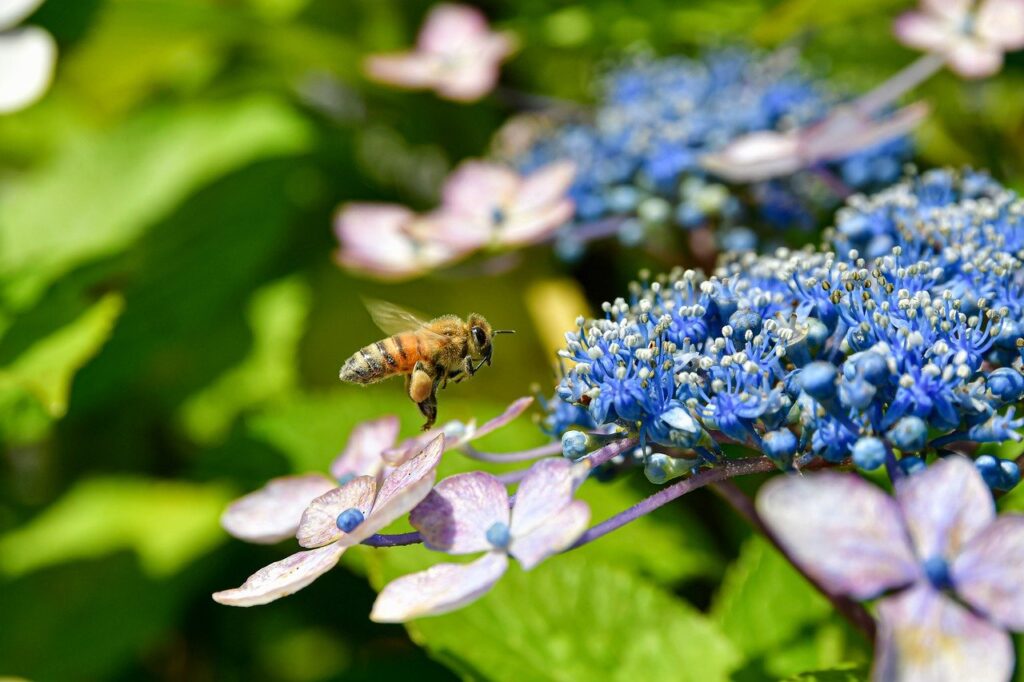Is Kuvorie Islands Dangerous?
Let’s tackle it headon. The phrase is kuvorie islands dangerous keeps popping up in travel forums, social media threads, and even guidebook updates. Why? Because people want the truth, stripped of fluff.
First, the crime rate is relatively low compared to hotspots in the same region. There’s petty theft if you’re careless, especially at crowded piers or night markets. But violent crime is rare. That said, the islands aren’t immune to challenges.
One concern is the terrain. Some parts of the islands aren’t touristfriendly—think steep cliffs, rocky trails, or narrow coastal drives with minimal signage. If you’re not used to that kind of environment or traveling solo, it can turn from adventurous to risky pretty quickly.
Another thing to flag: emergency services are sparse. Medical facilities are limited outside the capital area, which means that in case of an accident, help might not arrive in minutes. It could take hours. Add to that unreliable cell coverage in remote spots, and it’s clear that caution isn’t optional—it’s mandatory.
Political Climate and Local Tensions
Though the islands maintain a peaceful public image, occasional tensions flare between local groups and external stakeholders. These haven’t morphed into anything resembling serious unrest, but travelers should be aware of local news and updates before their trip. Avoid public demonstrations or political gatherings. Not because they’re dangerous per se, but because no outsider really wants to get caught in something unplanned.
Nature: Both Stunning and Unforgiving
The Kuvorie Islands are known for rugged coastlines, hidden coves, and thick tropical forests. It’s natural beauty that hasn’t been flattened by commercialization, which is part of the appeal. But nature here plays hardball.
Flash floods during the rainy season? Common. Jellyfish blooms near popular beaches? Seasonal, but real. Sudden weather shifts during boat transfers between islands? You bet.
If your guide doesn’t have a weather contingency or skip plan, abort the day’s hike or trip. No photo’s worth a rescue mission.
Food, Water, and Health Considerations
No sugarcoating it. The tap water’s not always drinkable across the islands. And local cuisine, while flavorful, might not sit well with untrained guts—especially if you’re venturing beyond touristtracked areas.
Also worth noting: While there aren’t any countryspecific travel bans in place right now, health advisory boards suggest travelers get uptodate vaccinations, particularly for Hep A and typhoid, before visiting.
Bring your health basics—reliable mosquito repellent, rehydration sachets, antiallergy meds. Don’t rely on corner shops having what you need when you need it.
Transportation and Local Navigation
Getting around the islands can make or break your trip. Public transportation is pretty limited, especially on lesspopulated stretches. Scooters and local taxis are common but often unregulated. Drivers might not adhere to road norms you’re used to.
Many travelers rent scooters, and that’s OK—if you’ve got past experience. Roads may have potholes or steep descents without guardrails. Add rain and it’s a recipe for nasty spills.
Without GPS or reliable maps, wrong turns happen, sometimes into sketchy territory. Prep beforehand. Stick to daylight travel, and book official transfers with vetted providers.
Locals and Cultural Nuances
Culturally, the locals are friendly but reserved. Respect earns respect. Loud, brash behavior doesn’t fly here.
Also, public affection, especially between samesex couples, may draw unwanted attention in more traditional areas. This isn’t a glaring safety issue, but it’s something to be mindful of if you’re looking to move without creating scenes.
Tourists who get in trouble often do so by one of three ways: 1) ignoring local customs, 2) acting entitled, or 3) being drunk in the wrong part of town. Straight talk—none of that ends well.
Final Words: Should You Go?
Let’s answer it honestly. Is kuvorie islands dangerous? Not in the “don’tgothereoryou’llregretit” way. But it’s not Disneyland either, and treating it like a cookiecutter beach escape is how most unnecessary problems start.
If you’re planning a trip, prep with care. Know the terrain. Set realistic expectations. Budget extra days in case something doesn’t go to plan. Most importantly, don’t skip travel insurance.
Smart travelers thrive here. The islands offer wild, untouched experiences and real connection if you’re willing to respect the environment and culture. But this isn’t a plugandplay destination. Risk exists, and pretending otherwise doesn’t help anyone.
In short, go—but go informed.


